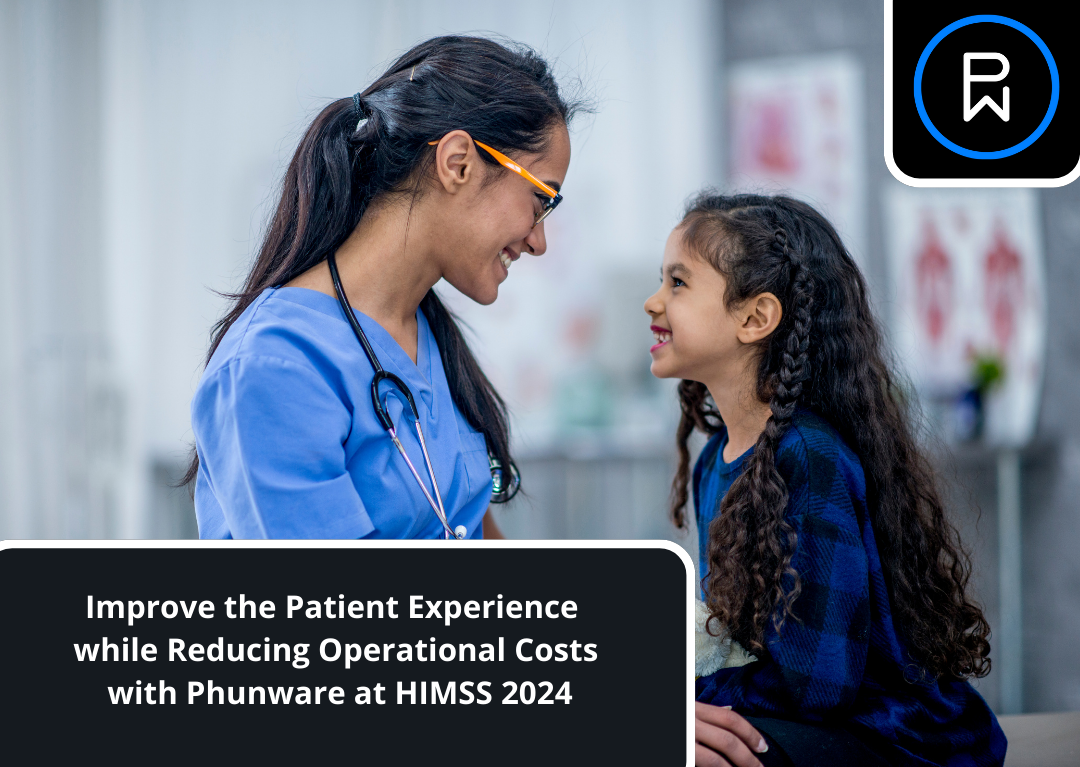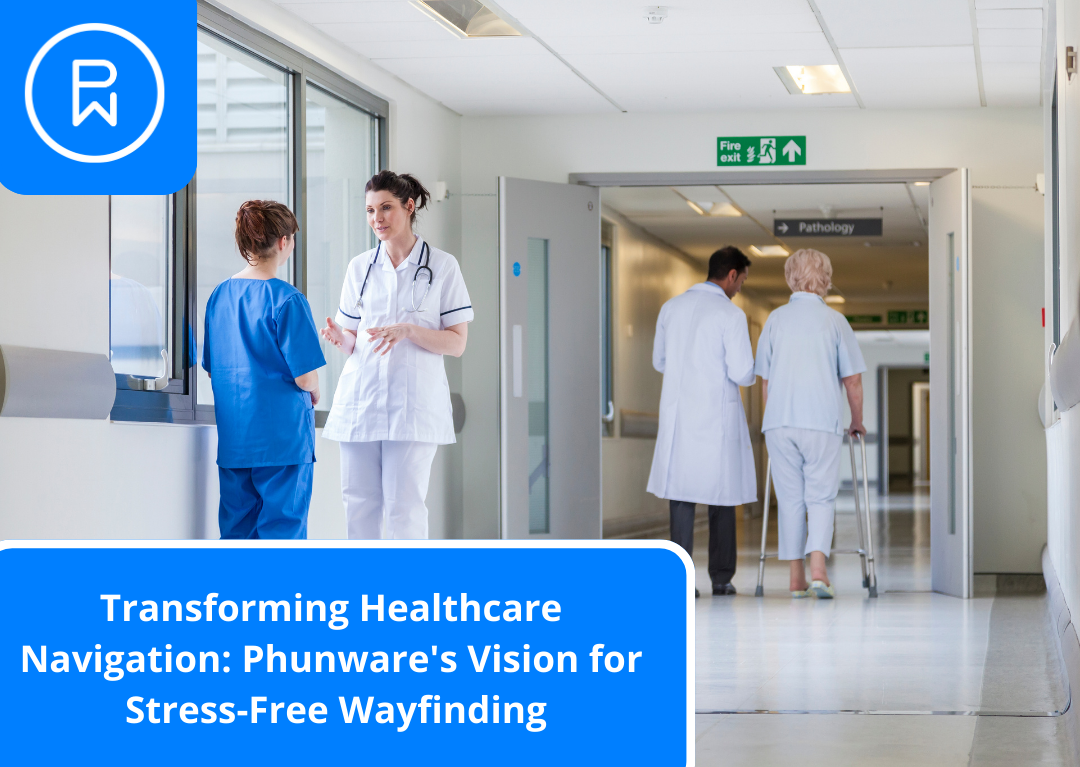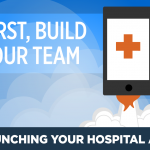We’ve talked a lot about how hospital mobile apps can improve the patient and visitor experience through personalized navigation and indoor “blue dot” wayfinding. But there’s a piece to that story that deserves a much closer look.
Imagine you’re taking your elderly mom to the hospital for some tests. She’s anxious about the whole idea. She doesn’t feel great, and her mobility is limited. You’re worried because Mom’s worried, and also because it’s your responsibility to make sure she gets to her appointment safely and on time.
You can find the hospital, but then what? Where do you park? How can you figure out the closest parking lot to where Mom’s appointment is? You’re not going to the main building, so where’s the right entrance? Are you going to have to drive in circles to find a parking lot, then wander around trying to find the building entrance? Now you’re running a little late, and you can’t really hurry Mom—she’s doing the best she can with her cane—but you don’t want to drop her off on the curb alone while you park, either. Why does a simple trip to the hospital have to be such an ordeal?
I’m stressed out just writing that story, but it highlights a crucial and often-overlooked part of the patient journey.
Finding close parking and the right entrance is a big factor in how patients and visitors feel.
As customer service and patient experience consultant Micah Solomon wrote on the Forbes magazine blog, “The first and last moments of a customer interaction are what a customer is likely to hold in memory as the permanent “snapshot” that encompasses the whole event.”
Learn more in The Way You Want: how Multi-Format Digital Wayfinding Empowers Patients and Visitors.
How’d We Get Here? Hospital Wayfinding (and Waylosing)
Hospital parking is increasingly challenged by urbanization. There’s simply less empty space available for parking expansions as hospitals grow. So the closest parking for a particular appointment might not be readily apparent to the arriving patient—it might be down the street and around the corner. Add in the fact that hospitals now offer many more services on an outpatient basis, and you’ve got a lot more people coming and going, needing to use whatever parking is available.
As hospitals expand and repurpose buildings, entrances shift around. Redesigns might move the front entrance of a building entirely. There may be multiple “front doors” to a building. Patients often just “pick a door, any door” and hope they can figure out where to go next.
This is precisely where a great hospital app can help.
With built-in navigation and wayfinding, patients can be personally guided to the closest parking lot for their appointments and—crucially—given a direct path from their cars, right to the most convenient entrance. Once they’re indoors, the blue dot navigation takes over and guides them on to their ultimate destinations.
So, in our example above, you can be guided at every turn, with personalized notifications to keep you on track. You don’t have to drive in circles—the navigation takes you directly to the closest parking lot without a worry. Then the app guides you and Mom on the shortest path to the correct entrance, alleviating all of that pressure and anxiety. You arrive on time for Mom’s appointment, both of you calm and able to focus on what the doctor has to say. That’s much better.
Parking lots and entrances can either be obstacles or welcome mats.
Space and budgets being what they are, most facilities can’t undertake a complete overhaul of their parking and entrances. By launching a hospital mobile app with wayfinding and navigation—or adding these capabilities to an existing app—any parking and entrance situation can be workable and less stressful for patients.
So, what now? Are your parking lots and entrances getting in the way? Where do we go from here? Download our eBook, Where Do We Go From Here, to learn how to reduce missed appointments and increase patient satisfaction.










